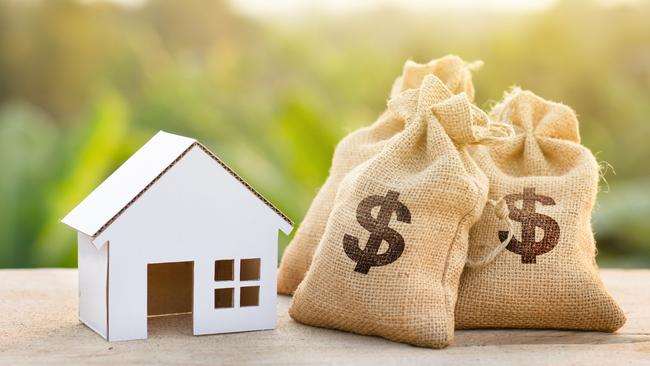How to save $500,000 using the biggest tax dodge in Australia
Hundreds of thousands of dollars in tax can be avoided on a single asset by cleverly using Australia’s retirement saving system.
There’s a fine line between tax minimisation and tax evasion in the minds of many people, even though one of them is illegal.
Tax evasion – deliberately concealing information from the Australian Taxation Office – can land you in jail, while tax minimisation is the process of avoiding a big tax bill by wisely using existing laws to maximise deductions and minimise income.
Australians who make the most of the nation’s retirement savings system can potentially enjoy the biggest tax dodge available on a single asset.
The catch is you will need a self-managed superannuation fund, and a fair chunk of money inside it to buy an investment property, but the pay-off is huge – potentially more than $500,000 in tax savings for just one investment.
That’s because in retirement, there’s no tax payable on income or capital gains within superannuation – compared with up to 47 per cent outside of super.
So a median-priced house bought today for around $700,000 that doubles in value twice in 20 years could be sold for $2.8 million.
Outside of super, that $2.1 million capital gain on that property results in a tax bill of up to $494,000 (after applying the 50 per cent CGT discount Aussies get for assets held more than a year).
Inside super, the tax bill is zero once you’re retired and in superannuation’s pension phase.
Chartered accountant and Mr Taxman founder Dr Adrian Raftery says “it’s a pretty substantial tax strategy over the long term”.
“Many SMSF trustees get spooked with the stockmarket yet are comfortable with property, and more particularly they are extremely relaxed with the concept of borrowing money in order to help fund a property purchase,” he says.

Official figures from the Australian Taxation Office show the strategy’s rising popularity. In the three years to December 2021 the amount of residential property held in SMSFs jumped 42 per cent to $48.9 billion.
And limited recourse borrowing arrangements, which are the specialised loans that many SMSFs use to buy property, jumped 49 per cent to $65.8 billion in the same period.
Raftery says business owners have used SMSFs for years to buy their business premises, but residential real estate investors do not have the same flexibility.
Strict rules around SMSFs mean you cannot live in an investment property owned by your super fund, and neither can related parties including parents and siblings, he says.
People who borrow money within super are usually only able to borrow a maximum 60 per cent of the purchase price, and only a handful of lenders offer the loans after big banks withdrew in recent years.
“Also have enough cash for stamp duty and other purchasing costs,” says Raftery, adding that someone purchasing a $600,000 property would need about $300,000 of cash in their super.
SMSF Association deputy CEO Peter Burgess says the proportion of total SMSF assets invested in residential property is increasing.
“Using your SMSF to purchase property can be complex so it’s prudent to seek professional advice to mitigate the risk,” he says.
“Make sure the purchase of real property is consistent with your fund’s investment strategy and is allowed under the terms of your fund’s trust deed.
“If the property will comprise a significant proportion of your fund’s assets it can lead to concentration risk – so to comply with the super rules your investment strategy will need to document that you have considered the risks associated with a lack of diversification and how your fund will meet its investment objectives.”
Crystal Wealth Partners executive director John McIlroy says people need to consider the cost, time and skills required to become an SMSF trustee and run their own fund.
“As an SMSF trustee, you are personally responsible and liable for all the fund’s decisions, even if you seek financial advice or expertise on the matter,” he says.
“Conducting adequate research, keeping the correct records and managing the auditing process are just some responsibilities that rest on your shoulders.”
WHERE SMSFS INVEST
Australian shares $250bn
Managed investments $217bn
Cash $148bn
Commercial property $92bn
Limited recourse borrowing arrangements $66bn
Residential property $49bn
Debt and loans $17bn
Overseas shares and property $16bn
Collectables $510m
Cryptocurrency $227m
Source: ATO, December 2021






To join the conversation, please log in. Don't have an account? Register
Join the conversation, you are commenting as Logout